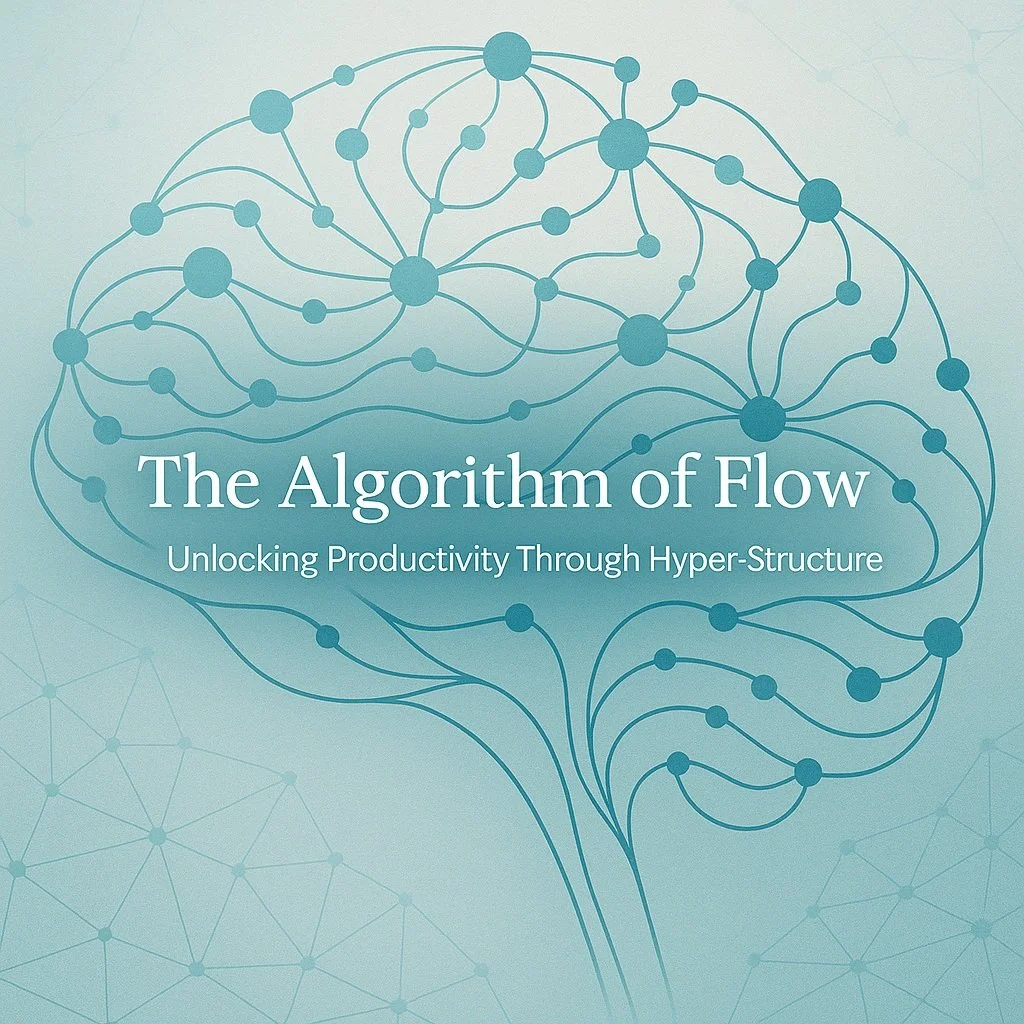You Will Break: Why Real Resilience Isn't About Endurance
I used to think resilience was about endurance. About holding everything together no matter what tried to pull it apart.
When people said I was resilient, I thought they meant I was good at surviving — at staying upright while the world shook beneath me. I wore the word like armour; I told myself that if I could just stay standing—if I could just outlast the storm—I’d eventually earn peace.
But life has a way of teaching you.
Resilience, I’ve learned, isn’t about refusing to fall.
It’s about learning how to rise again—differently—after you do.
Because you will fall. You’ll break in ways you didn’t see coming. You’ll hit the floor, the ground, the bottom—whatever name you give the moment when everything stops making sense.
Sometimes it’s a crisis that arrives like a blow: the phone call, the diagnosis, the door closing behind someone who said they’d never leave. Other times it’s quieter—the slow erosion of a life that no longer fits. The steady cracking of foundations that once felt solid.
For me, it began in chaos. Sirens. A shelter. Then… just sound of my own breath catching as the world changed in an instant. In moments like that, you understand: control is a fragile illusion—and all the order and structure you build can collapse in a single heartbeat.
I didn’t emerge from that experience with clarity; I came out raw, disoriented, full of questions that had no good answers. But I did come out. And that, I’ve come to understand, was its own beginning.
Resilience, in truth, is built in the quiet aftermath. It’s forged in the moments no one sees:
the nights you drag yourself out of bed when the weight feels unbearable;
the mornings you show up for your children, your work, your life, even when your heart is still fractured.
It’s the slow, stubborn practice of refusing to stay down, even when getting up feels pointless. And, when you finally take that step, you often hope for a clear reward.
Every time I’ve fallen, I’ve wanted the recovery to mean something—to be a clean arc toward strength or wisdom.
Sometimes it’s like that.
Other times, it’s not.
Healing is messy. Progress stumbles. Growth hides inside failure. Sometimes the only sign that you’re healing is that you’re still here.
And yet—even when it’s not clear, somewhere between the falling and the rising, something shifts. You start to see that every collapse teaches you a new way to stand. You begin to quietly trust that even when everything breaks, you don’t have to disappear with it.
Over the years, resilience has taken many shapes in my life. Sometimes it looks like action—rebuilding, creating new systems, drawing boundaries to keep myself safe. Other times it looks like surrender—knowing when to stop fighting what cannot be fixed. Often, it looks like grace: forgiving myself for not being unbreakable.
I am not built to be unbroken; I am built to be brave enough to rebuild.
We live in a culture that worships a certain kind of resilience—that praises those who “bounce back” and “stay strong.”
But real resilience also looks like rest. Like crying in the shower. Like starting over with trembling hands. It looks like honesty—about the things you’ve lost, the ways you’ve changed, the parts of yourself that will never be the same.
Resilience doesn’t mean becoming unbreakable.
It means knowing that when you inevitably break, you can also rebuild.
It’s the art of rising.
Not once, not twice—but over and over, in all the quiet, imperfect ways we keep choosing life.
Because the shape of resilience isn’t a tower or a wall.
It’s a heartbeat.
A breath.
A hand reaching out of the rubble.
It’s every time you whisper to yourself —
I can start again.


















For decades, I lived inside a storm I couldn’t name. A restless mind. A body always braced. A heart that felt heavier than it should. I blamed myself. I blamed circumstances. I worked harder, tried harder, forced myself into routines that never stuck. I spent years believing I was simply too much and not enough at the same time.
Then, a diagnosis reframed everything.